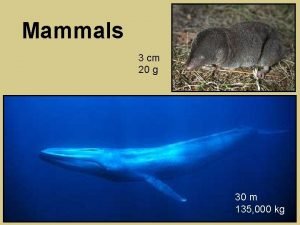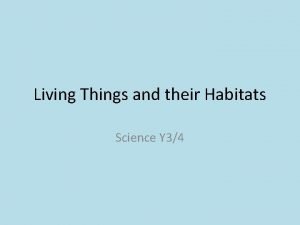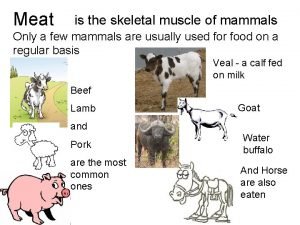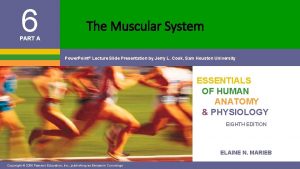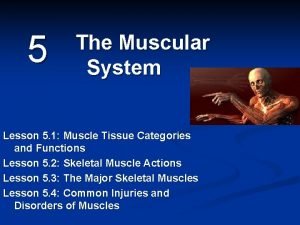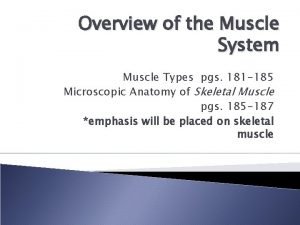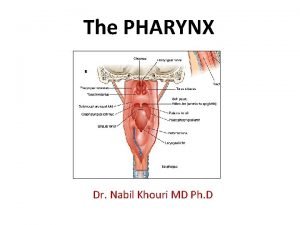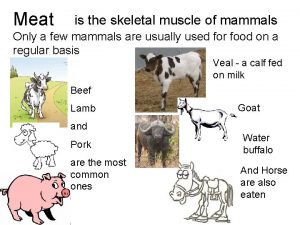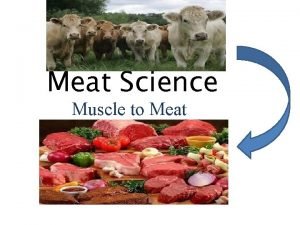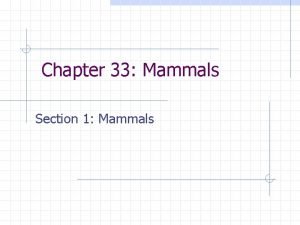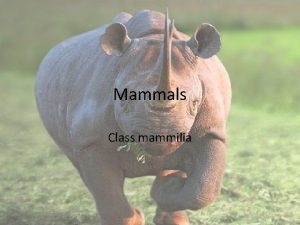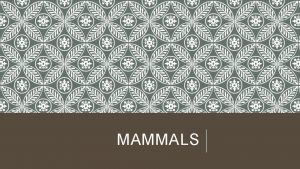Meat is the skeletal muscle of mammals Only








- Slides: 8

Meat is the skeletal muscle of mammals Only a few mammals are usually used for food on a regular basis Veal - a calf fed on milk Beef Lamb Goat and Pork are the most common ones Water buffalo And Horse are also eaten

We need to make sure that we choose the right meat for the right dish so that it is tender and juicy The tenderness of meats depends on: • The amount and type of connective tissue there is • The length and thickness of the muscle fibres - the longer the tougher for example leg muscles are long and thick because they have worked more than back muscles Tender sirloin and rump steak Tough stewing steak • How much ‘marbling’ of fat there is in the muscle - the more ‘marbling’ the more tender it is

Storage and Hygiene: • Meat is a high risk food. • It must be stored below 5°C • It must be cooked above 75°C for 15 seconds • It must be covered when stored • You must buy from a reputable supplier • Meat that has to be minced or cut up must be treated with more care: there is more surface area exposed to contamination

Meat is made up of: Water Protein - HBV protein - animal protein Fat It also provides lots of Iron. Some calcium and some B vitamins Fat surrounds the muscle tissue and is also contained within the muscle

Different meats are different colours Lamb Beef Pork The darker the meat - the more iron it contains - so beef has the most - pork has the least. Chicken has even less.

Meat can be made to be more tender by: Mechanical action and chemical action Chemical action: Mechanical action: Marinading meat Cutting or crushing meat

Cooking meat • The colour changes to brown when cooked • The fat melts and helps the connective tissue in the meat cook • The water is squeezed out as juice - if overcooked meat is tough because it is dried out • Nutrients dissolve in the juices. They are good for you! • Only meat with a small amount of connective tissue can be dry cooked (grilled) quickly • Meat with lots of connective tissue needs moist heat (stews or braising) to make it tender

Offal Are internal organs - or off-cuts from the carcass Liver, kidneys and heart are most usually eaten. Tongue, tripe (the stomach lining of beef), sweetbreads and brains are eaten in some cultures Liver and kidney have no muscle fibre or connective tissue Quick cooking methods are needed

